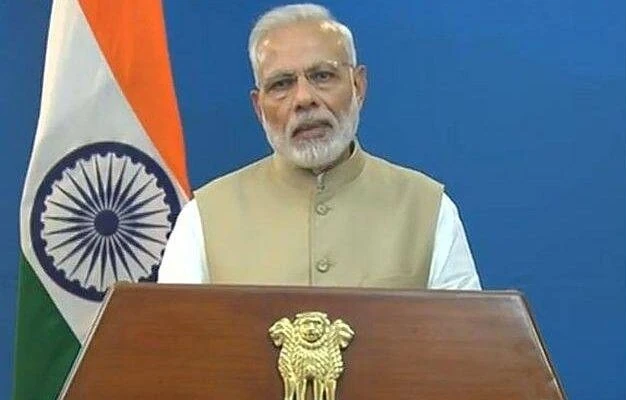The Indian Supreme Court today ruled on Prime Minister Narendra Modi’s 2016 note ban in a record 4-1 majority decision, saying it was “unimportant” if the overnight ban’s goal was met. One judge disagreed, calling the move “unlawful”.
A constitutional bench ruled on November 8, 2016, that the central government’s decree to abolish 1,000 and 500 currency notes were lawful and that the decision-making process could not be criticised just because the Centre began the step.
According to the court, the Centre is compelled to confer with the Reserve Bank of India (RBI), and an “inbuilt safeguard” exists. Four of the five judges stated that the consultation lasted six months.
The Supreme Court concluded that whether the goal was met or not is “unimportant,” noting that the 52-day term granted to exchange the outlawed currencies was not unfair. “There has to be great restraint in matters of economic policy. Court cannot supplant the wisdom of executive with its wisdom,” said Justice BR Gavai, reading the order.
In a forceful dissenting opinion, Justice BV Nagarathna branded the Centre’s notes ban “vitiated and unconstitutional” but ruled the status quo could not be restored immediately. According to the judge, the move may have been carried out by a Parliamentary act.
The demonetisation decree was an unconstitutional and illegal exercise of power, according to the judge, who noted that the entire process was completed in 24 hours.
The challenges connected with demonetisation would make one wonder if the central bank anticipated them, according to Justice Nagarathna.
She said that documents and records given by the Centre and the RBI, which featured language like “as requested by the Central Government,” demonstrate “no independent application of mind” by the RBI.

The Centre’s decision to remove 1,000 and 500 currency notes overnight was challenged in 58 petitions. The move removed 10 lakh crore from circulation.
Petitioners argued that the decision was rash and created enormous hardship for millions of residents who were compelled to queue for cash.
The government contended that the court could not rule on a case if no actual relief could be awarded. It would be like “turning back the clock” or “unscrambling a scrambled egg,” according to the Centre. It further stated that demonetisation was a “well-thought-out” decision that was part of a bigger strategy to address the threat of counterfeit money, terror financing, black money, and tax evasion.
Did the Supreme Court endorse demonetisation?
It is not feasible to interpret the decision that was reached by the five judges of the Constitutional Court in 2016 on demonetisation as an approval of this action.
The Supreme Court has only addressed, in the judgement held by a majority of the justices, the legal authority of the Central government to make such a determination and the fact that it does not contradict Section 26(2) of the RBI Act of 1934 in the majority’s opinion. One of the justices who dissented from the majority opinion held that this provision of the RBI Act mandates that the RBI must suggest to the government that it should carry out demonetisation. In this particular instance, the decision was made by the Central government, which then consulted with the RBI to gather additional information. Therefore, the approval of the Parliament should have been sought prior to the carrying out of this verdict before it could have been carried out.
The majority judgement noted that demonetisation had a “reasonable link” with the goals it wanted to achieve and that it is “irrelevant whether the goal was attained or not.” This was expressed in reference to the fact that it is irrelevant whether the purpose was achieved or not.
However, despite the fact that this judgement by a majority affirms the legal right of the government to make such a choice, it makes no mention of the potential implications of doing so.
The country of India’s informal economy, which provided work for billions of people, was wiped out when they demonetised their currency. It put a lot of micro, small, and medium-sized enterprises (MSMEs) out of business and took the lives of billions of people. According to the sources, there were 82 deaths in the first month following the move in 2016.
In addition, none of the goals that helped justify the objectives of uncovering illegal funds and retrieving them from overseas banks, reducing the circulation of counterfeit currency, putting an end to funding for acts of terrorism and corruption, and decreasing the amount of cash that circulates in the economy has been accomplished. On the other hand, the Reserve Bank of India reports that the amount of currency held by the people has climbed from Rs. 17.7 lakh crores on the eve of the demonetisation to Rs. 30.88 lakh crores at the present time, which represents an increase of 71.84 percent.
The Supreme Court’s ruling, which represents the majority opinion of the court, merely upholds the government’s authority to make such a choice but in no way endorses the results of that choice.
